A novel method was developed, in which block copolymer micelles can directly infiltrate into nanopores and 1D micellar nanotubes can be easily fabricated.
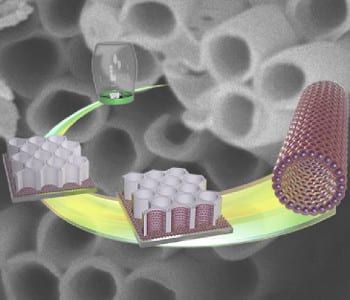

A novel method was developed, in which block copolymer micelles can directly infiltrate into nanopores and 1D micellar nanotubes can be easily fabricated.
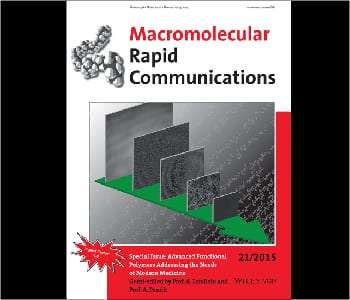
To fulfill the complex requirements of medical applications, multi-functional biomaterials need to be designed.
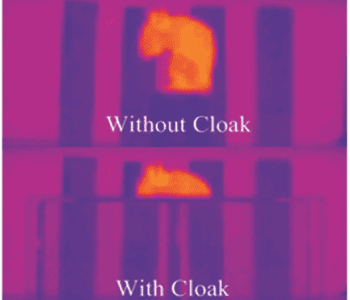
The month’s top articles from the field of nanooptics, optoelectronics, optical devices, detectors & sensors, micro/nano resonators and more.

In this comprehensive review, the main research routes and technologies that are being followed to deliver high-performance electronic skin are discussed.

A KIT Young investigator group develops sustainable printing materials and inks for biodegradable electronic components.
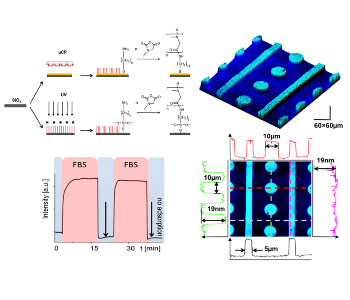
Two new methods – microcontact printing and photolithography – to obtain structured polypeptoid brushes with excellent non-fouling properties are presented.
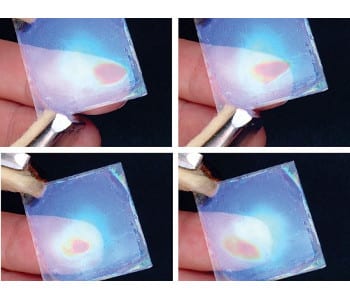
A new sensor technology could enable touchless displays that respond to moisture emitted by the human body.
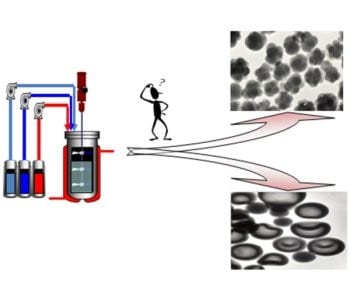
Spanish researchers review the knowledge-based production of waterborne hybrid polymer materials
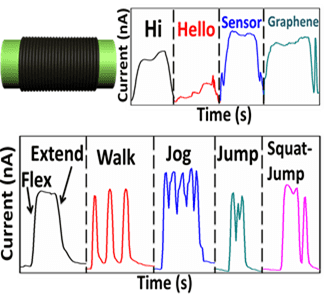
Researchers in China make a stretchable graphene-based motion sensor that can monitor all types of human activities with ultrahigh sensitivity.
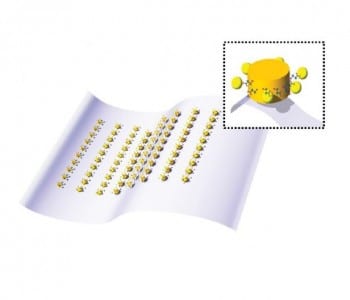
Low concentrations (10 × 10−15 M) of the disease biomarker microRNA-21 (miRNA-21) can be detected by a flexible biosensor.